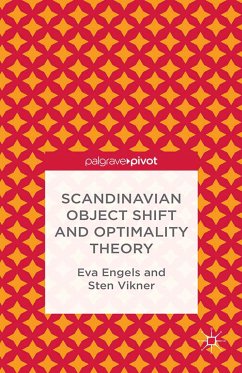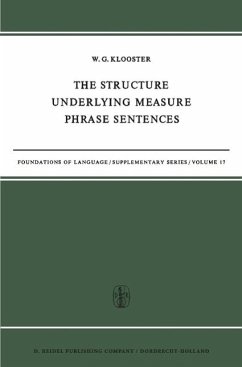
Scandinavian Object Shift and Optimality Theory (eBook, PDF)
Versandkostenfrei!
Sofort per Download lieferbar
40,95 €
inkl. MwSt.
Weitere Ausgaben:

PAYBACK Punkte
20 °P sammeln!
This book presents an account of object shift, a word order phenomenon found in most of the Scandinavian languages where an object occurs unexpectedly to the left and not to the right of a sentential adverbial. With new and original observations, it is an important addition to the fields of phonology, optimality theory and theoretical syntax.
Dieser Download kann aus rechtlichen Gründen nur mit Rechnungsadresse in A, B, BG, CY, CZ, D, DK, EW, E, FIN, F, GR, HR, H, IRL, I, LT, L, LR, M, NL, PL, P, R, S, SLO, SK ausgeliefert werden.












